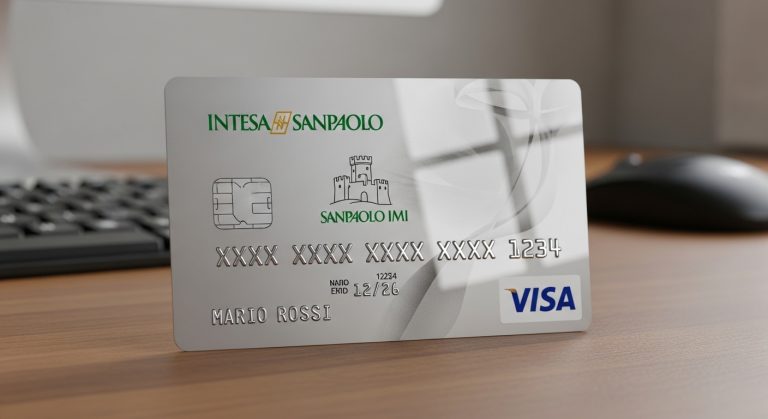
"Have you ever stopped to think that the way we handle money today was shaped by the lessons (or lack thereof) we received as children?" This is a powerful reflection and increasingly relevant in a world where personal finance plays a central role in well-being.
Unfortunately, many adults grow up without learning the basics of financial management, struggling to plan for the future or manage debt. However, this reality can change if we start teaching our children about the value of money from an early age.
In this article, we'll explore why financial education for children is essential, how to introduce practical concepts in a playful way, and the benefits this will bring to both children and their families. Ready to transform future generations' relationship with money? Let's go!
The importance of financial education early in life cannot be underestimated. Studies show that financial behaviors adopted in childhood tend to persist throughout life. When children learn to save, spend wisely, and invest early on, they develop crucial skills to face future challenges.

Imagine a child who receives an allowance and learns to divide it between immediate expenses and savings. This simple habit can evolve into a conscious mindset for financial planning in adolescence and adulthood. Furthermore, providing financial education from an early age helps combat common myths, such as "money is magical" or "I'll figure it all out later." Instead, children understand that money is the result of hard work and responsible decisions.
Teaching about money doesn't have to be boring or technical. On the contrary, when we combine learning with fun, children absorb information much more effectively. Here are some practical ideas:
Simulated Games: Set up a homemade market with pretend products and use toy coins or bills to simulate purchases. This will help children understand the basic concept of barter.
Inspiring Stories: Use children's books that address financial topics in an accessible way. Examples include: “The Rabbit and the Little Bank” or any story that demonstrates the importance of saving.
Real Experiences: Include your children in daily activities related to the family budget, such as making a grocery list or comparing prices. They'll see how small choices impact their wallets.
By making learning fun, you create a solid foundation for more complex discussions in the future.
Habits are a big part of who we are—and that goes for finances, too. To encourage personal savings at home, start with these simple steps:
Structured Allowance: Instead of giving a fixed amount each week, set clear goals. For example, part of your allowance should go toward savings, part toward spending, and the rest can be used to fulfill bigger dreams, like buying a specific toy.
Goal Boxes: Create separate boxes for different purposes ("save," "spend," and "donate"). This visual method makes it easier to understand financial priorities.
Demonstrate Consequences: Explain that by spending all available money quickly, they may not achieve their medium-term goals. This reinforces the importance of balancing immediate desires with planning.
These small gestures gradually build financial awareness.
Once children have mastered the basics of economics, it's time to introduce them to the world of investing. Of course, the complexity of these lessons should be adapted according to their age. Some suggestions include:
Educational Games: There are apps and online games that simulate investment scenarios, allowing children to practice strategies without real risk.
Symbolic Investments: Whether through a joint bank account or even a fictitious fund created as a family, encourage them to monitor the growth of their funds over time.
Real Discussions: Create a space to discuss simple economic news, explaining concepts like compound interest or inflation in understandable terms.
These experiences expand financial knowledge and spark curiosity.
Finally, it's worth emphasizing that parents are fundamental role models in this process. Children closely observe our actions and unconsciously absorb our behaviors. So, practice what you preach! Demonstrate financial discipline, explain your own decisions, and always be open to dialogue.
Also, remember to celebrate achievements, no matter how small. When children see tangible results from their savings or investments, they're motivated to keep learning.
Teaching financial literacy from an early age not only prepares our children for the future but also strengthens family bonds by creating moments of shared learning. By integrating practical concepts into everyday activities and fostering a responsible mindset regarding money, we are providing valuable tools for their financial independence.
How about getting started today? Reflect on which strategy presented here can be implemented in your routine. And, of course, share your experiences with us in the comments below. Together, we can build a new financially conscious generation!
Final Question: What was the first financial lesson you learned as a child? Share it with us!